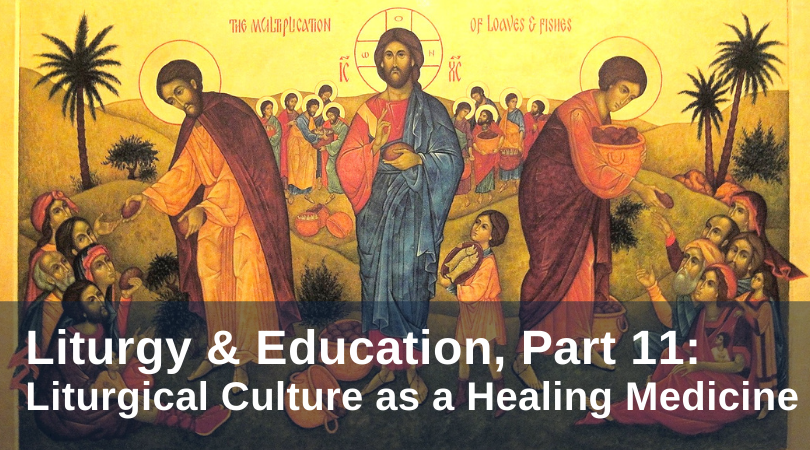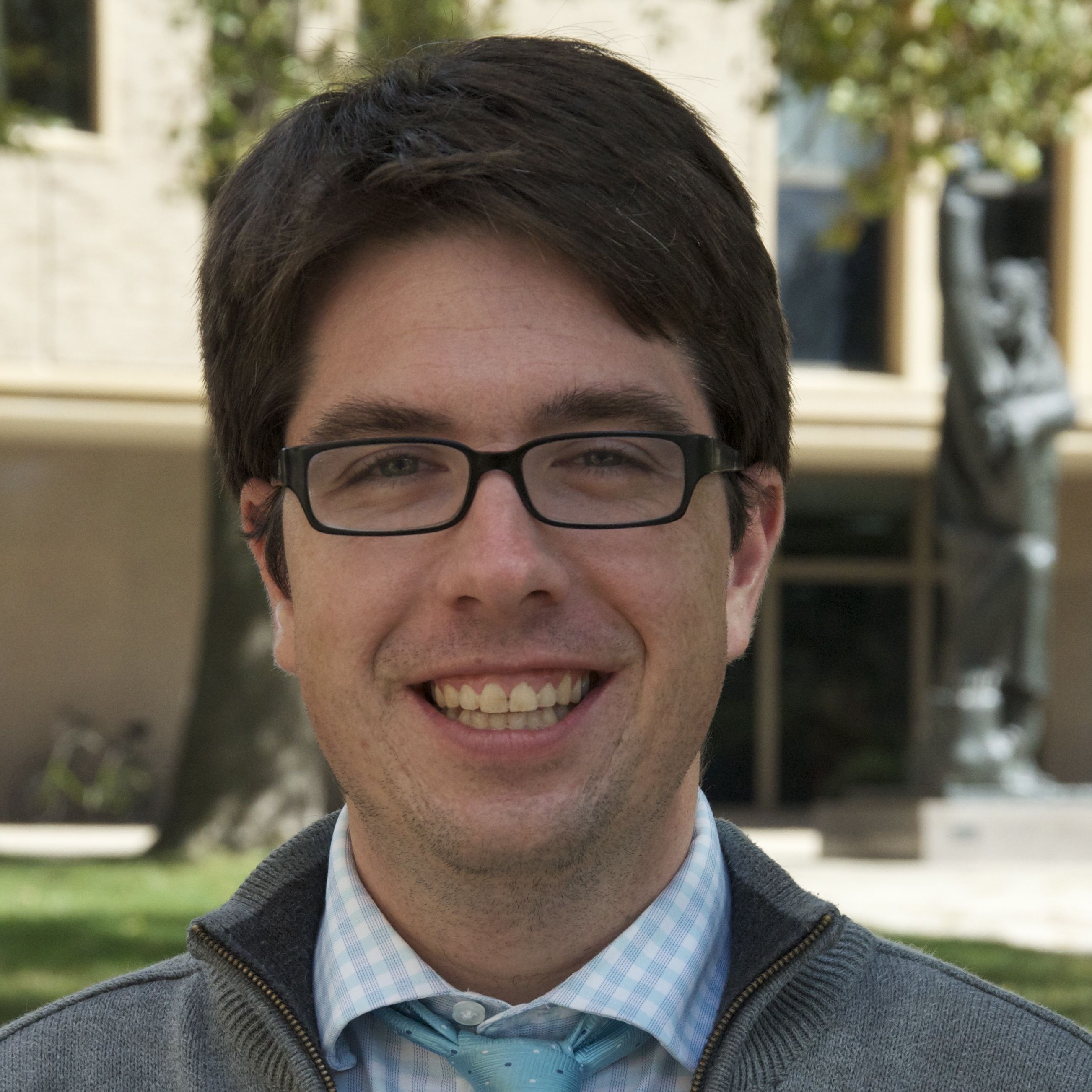
In the previous post, I looked at three aspects of Pope Francis’ pontificate that address areas where liturgy might be healing of culture. Liturgical prayer provides an alternative to the technocratic paradigm, tribalism, and a culture of forgetfulness. In other words, a liturgical culture of life upholds the importance of matter, community, and an embodied approach to memory.
Liturgical prayer provides an alternative to the technocratic paradigm. This is because the liturgy is infused with the ritual language of gift. Take, for example, the offering of the gifts in the Mass. We do not simply schlep this material up to the front. The gifts are processed forward, treated as material to be offered. Further, words are spoken over bread and wine, acknowledging and thanking God for them.
Liturgy should be both slow and inefficient. It is not about quickly communicating the Gospel in an aesthetically pleasant manner. Rather, it is acknowledging that the world is not there for us to take and seize as we want. We begin the day with Morning Prayer, acknowledging that even time and space are gifts to receive. We heap up phrases that seem to mean the same thing, precisely because no word that we can say is sufficient for the God who is the source of all gift.
Everything about contemporary American life eschews this slowness, and this creeps into the liturgy too. There was a parish in South Bend once that timed the Mass so that people could get out within an hour! We want speed on the Internet, when we travel, and even when pandemics end. A liturgical culture is a slow one, willing to interrupt the workaday world, to give thanks to the God who has given all to us as gift.
Liturgical prayer also provides an alternative to the tribalism endemic in society. This may not seem immediately obvious. (If you want to get into a fight as quickly as possible in church circles, talk about liturgical music in a public setting.) But the grammar of the liturgy should force us out of even this tribalism. Liturgy is necessarily communal. Whether one is talking about the Novus Ordo or the Extraordinary Form, the Eucharistic sacrifice that is taking place is the work of the whole Church. St. Augustine, in his City of God, refers to the communal quality to this sacrifice:
This is the sacrifice of Christians: “We, being many, are one body in Christ.” And this also, as the faithful know, is the sacrifice which the Church continually celebrates in the sacrament of the altar, by which she demonstrates that she herself is offered in the offering that she makes to God. (X.6)
The Church’s sacrifice involves raising one voice to God out of a plurality of voices. The difference, in fact, is what matters. A city never consists of only the like-minded, of those who share the same exact culture. The present tribalism is anti-Christian, profoundly non-Catholic.
A liturgical culture is therefore communally sacrificial, dedicated to sharing a common life together in love. The monk learns to attune his voice to the voice of the neighbor. He does not try to defeat that voice through volume or argument. A liturgical culture is one of healing communion. Our discussion of race, as a country, has a lot to learn from this healing communion.
This means, of course, that we must learn to delight in liturgical diversity rather than destroy it. A liturgical culture sees the privileged gift of that sacrifice of praise offered by Guatemalan, Australian, Austrian, and Japanese Catholics. That one, single sacrifice is offered, and in that sacrifice of praise, the whole Church as a communion of love is offered. I’m there. You’re there. We’re all being offered in love.
And yet, because we belong to one another, that does not mean that we can do whatever we want in the liturgy. That’s the point. The school that does whatever it wants in the liturgy, adapting everything because of the uniqueness of the environment, does not initiate the student into the life of the Church. Rather, one is initiated into a privatized Catholicism that does not express the liturgical style of the whole Body of Christ.
Lastly, liturgical culture provides us with memory. The liturgy does not work through introducing constant novelty. Rather, it is a remembering of the saving deeds accomplished by Christ in time and space. We remember the saints, we remember each other—we remember.
Families, parishes, and schools have a unique role in fostering this kind of memory. Such memory, for the Church, is not just intellectual. It is embodied. The Church processing with an image of Our Lady of Guadalupe through the streets remembers so much. We remember the appearance of Our Lady to St. Juan Diego, to a suffering people subjected to violence on the part of the Spanish conquerors. We remember the tenderness of the Mother of God and of her Son Jesus, who heard the cries of this people. We remember that God has given us this image to heal the whole Church, to recognize the communion of love to which we are called. We remember all those voices suffering right now. We remember.
Nothing novel, nothing brilliantly new, will replace this consistent memory. Our Lady of Guadalupe is not the Church’s only memory. The whole liturgical calendar of feasts and seasons—of remembering what Christ has done in history—is part of what it means to be Catholic. Schools, families, and parishes that celebrate the liturgy together are repositories of memory, offering a public wisdom for the entire world.
There’s a lot more, of course, to say about creating a liturgical culture that educates the entire human race in goodness, truth, and beauty. But the task for the reader of this series, of course, is now to appropriate what you have read in your own community. That, after all, is the gift of an education!
Like what you read? Submit your email below to have our newest blogs delivered directly to your inbox each week.
Featured image: New Skete, Multiplication of the Loaves and Fishes by Sr. Patricia Reid, RSCJ; courtesy of Jim Forest via flickr; CC-BY-NC-ND-2.0.


